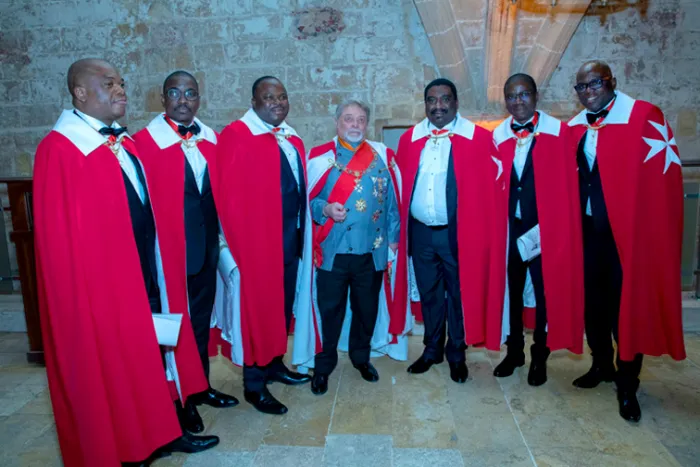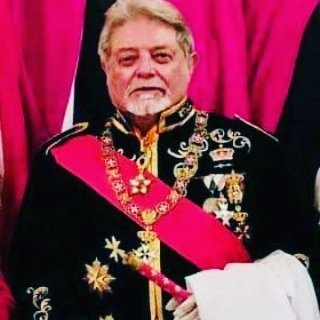KMFAP -The Cosmelli Order
KMFAP (Knights of Malta Federation of autonomous Priories of the Sovereign Order of St John of Jerusalem) - The Cosmelli Order
In recent years, various false Orders have surfaced in Eastern European countries, notably Romania and Hungary. Among these is a group known as the KMFAP, (Knights of Malta Federation of autonomous Priories of the Sovereign Order of St John of Jerusalem) commonly referred to as the Popper Order. This organization is led by two prominent figures, Jose Cosmelli and George Popper, who have garnered attention for their claims of historical legitimacy and noble lineage.
The KMFAP claims to trace its origins to Russian traditions, bolstered by references to a fictional Polish priory that supposedly provides legitimacy to its existence. A key figure in their narrative is purportedly Prince Nicholas de Ligny-Luxembourg de Lascaris Ventimille, who they allege became their first Grand Master in 1954. However, the reality is quite plain: this group lacks any legitimate connection to the authentic Russian Order of St. John, which has a well-documented history in America. The Russian Order of St. John itself has a clear lineage and a set of criteria for membership that the KMFAP simply does not meet. Furthermore, the individual they cite as their first Grand Master has never been affiliated with the legitimate Order, casting further doubt on their claims of authenticity. It is crucial to differentiate the authentic legacy of the Order from the misleading claims made by those who attempt to align themselves with its prestigious name without any legitimate connections.
Upon closer examination, it becomes evident that this group's origins can be traced back to the post-communist era, suggesting a possible affiliation with obscure factions within the broader Order of St. John established by King Peter I of Yugoslavia.
While the genuine members of the Russian Order of St. John don the traditional black capes as symbols of their allegiance, the KMFAP members wear distinctive red cloaks that strikingly resemble the garments worn by the various branches of the Order of St John as founded by King Peter I. This dynastic Order emerged in the 1960s after Peter I, a former member of the Authentic Russian Order of St. John, separated himself from the original Order due to an internal schism. The similarity in attire of these two groups (KMFAP and King Peter I) further complicates the task of distinguishing between true dynastic heritage and mere imitation.
Adding to the complexity of this situation is the shared history of individuals such as Jose Cosmelli and Basilio Cali, the latter left Cosmelli’s group to join another self-styled Order and ultimately being the founder of his own Order of St. John. Their prior affiliations hint at a complicated web of relationships and alliances within these pseudo-chivalric organizations. The twisted narratives and claims of these figures illustrate the fluid and often dubious nature of such groups, which frequently seek to leverage historical narratives to establish a façade of legitimacy.
As the KMFAP continues to carve out its identity, it serves as a poignant reminder of how the remnants of history can be reshaped and reinterpreted within contemporary contexts. This phenomenon is particularly relevant in regions that are trying to reconcile their pasts in the wake of political upheaval. The emergence of these neo-chivalric orders, with their ambiguous ties to history, reflects a broader trend of seeking identity and purpose in a world where historical legacies are often contested and redefined.
While we recognize that this group may partake in meaningful charitable activities, it lacks any historical connection to the genuine and authentic Russian Order of Saint John. Consequently, its formation and history lack credibility. Furthermore, this group does not have a Royal Protector and, therefore, no FONS HONORUM, rendering all their self-proclaimed titles and investitures invalid and unrecognized.

